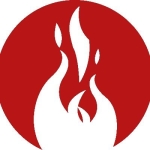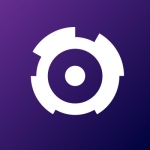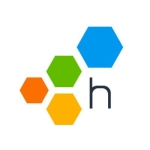What is most valuable?
Track and tracing of each individual end user transaction throughout a complex Core Bank financial chain. Within 5 clicks you got the evidence why the performance is lacking. Also a problem could be analysed from different angles. One dashboard that provides the information and you can work independently (you don't need the presence of OPS people, and other tooling except Tibco EMS monitoring)
How has it helped my organization?
Our customer base is too immature on performance matters. Besides that, they are now working with Dev/OPs teams (more than 180!) where there is no governance overall. Every team can decide what they want to use with respect to tooling. There is no Business or Operational chain owner.
What needs improvement?
Message Bus monitoring: it is not possible to deep dive into the the Tibco EMS bus. The consequence is that we depends on EMS monitoring tools like RTView, Tibco Hawk, GEMS etc. These tools are lacking the functionality to track and trace individual Tibco messages, something you really need to do trouble shooting; Deployment of dynaTrace agent fixes per selected agents instead of all agents. Consequence is that if an Agent fix is corrupted or whatsoever, all agents are off-line; Eco system like AppDynamics (external parties can develop plugins). On the other hand, it has an disadvantage because your quality control must be very good to not jeopardize the tool stability.
For how long have I used the solution?
I have been using this solution for 2 years.
What was my experience with deployment of the solution?
Not at all. This product is developed by guys who perfectly understand that a quick and seamless install is part of the customer experience. It is heaven if you compare this with IBM or HP stuff.
What do I think about the stability of the solution?
Not at all. No crashes whatsoever.
What do I think about the scalability of the solution?
I can't answer this question, because it is not deployed in a broader way. I'm not convinced to deploy a large scale solution, because it consumes an enormous amount of data resulting in a decrease of retention time. So I advise to deploy more DT instances where every Dev/OPS is responsible for their own DT instance.
How are customer service and technical support?
Customer Service: Could be improved, but has everything to do with the merge of Compuware and dynaTrace. There is a local office in the Netherlands, but available FTE is under par.Technical Support: It is good.
Which solution did I use previously and why did I switch?
7 years ago I used HP Diagnostics. This was not an out-of-the-box instrumentation (1st gen diagnostic tooling). It took too much time to get added value out-of-it, too much interpretation. dynaTrace is installed in half-a-day, fully operational (including the dynaTrace agents, dynaTrace server and Collector). This is why this tool with all its functionalities is a preferred tool for performance troubleshooting, performance tests, test automation and full coverage production monitoring. It also works with a lot of performance test tools. I'm not impressed by the Dell Foglight diagnostics; I never see it working with SOA technology. AppDynamics: despite the fact that I didn't work with a full deployed installation of AppDynamics, you need a lot to do to get the information like dynaTrace provides.
How was the initial setup?
Straightforward
What about the implementation team?
We don't to depend on vendor PSO.
What was our ROI?
Can''t answer this question. The performance organisation is too immature to answer this.
What's my experience with pricing, setup cost, and licensing?
Tool investment (initial 50 JVM agents, increased to 80). One time investment with yearly maintenance costs Total Stitching activities 20 days (due to Tibco wired /unwired mechanism and old JMS version usage); 5 days per week performance testing
Which other solutions did I evaluate?
No, I didn't evaluate other options. Reason: I'm not totally convinced about the products provided by vendors like IBM, CA, HP, BMC etc. Way-too-much consultancy, it takes a lot of time to generate added value, too difficult to work with etc.
What other advice do I have?
Use it as fast as you can. List prices are negotiable. You get instant success!
Disclosure: I am a real user, and this review is based on my own experience and opinions.


















Thanks for the additional info. I appreciate your sharing your review with the community.